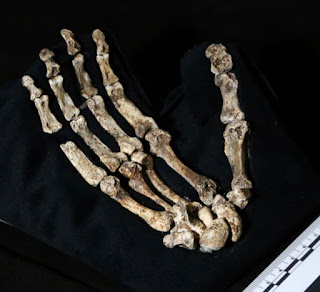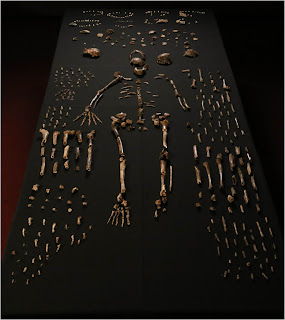How about that water on Mars?

NASA announced a big press conference over the weekend about the planet Mars, and I took time out of Algebra II yesterday to watch it with my students. As most people expected, they announced evidence of liquid water on Mars . So what's the big deal? For some time now, scientists have observed seasonal streaking on slopes on Mars. You can see some of the streaks in the image above (courtesy NASA/JPL/University of Arizona). They've been called RSL, which stands for Recurring Slope Lineae, which means, "lines that appear repeatedly on slopes." That certainly seems like the action of some kind of liquid running down the slope making the surface appear darker. But wait, Mars is farther from the sun that we are, about 48 million miles farther than earth on average. That makes Mars much colder than earth. According to Space.com , the average temperature on Mars is -80 degrees F. During the summer, some spots on the equator can get up to 7...



